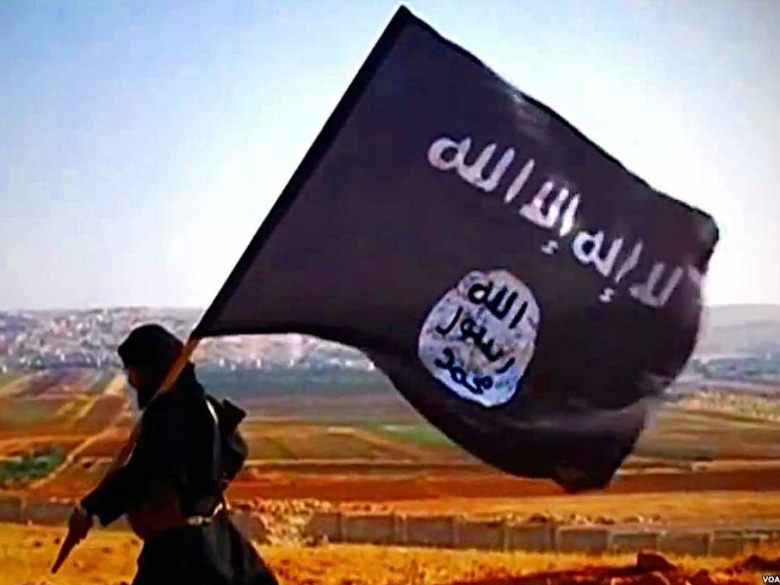Bruce Hoffman
B“This is sort of the new normal,” FBI Director James Comey observed after the most recent Fourth of July. Comey was talking about the ten persons who were arrested in connection with a variety of plots linked to ISIS in the weeks leading up to that national holiday. But while the threat of homegrown violent extremism inspired by either ISIS or Al Qaeda is now accepted as fact, there is still surprisingly little consensus on the potentially far greater danger posed by radicalized foreign fighters trained by ISIS, returning to their native or adopted homelands in the West, ready to carry out terrorist actions—despite the attacks that occurred in Paris last November.
Indeed, long before the latest incidents, the May 2014 killing of four people at the Jewish Museum of Belgium appeared to validate fears of the potential for violence imported from abroad. The alleged perpetrator, a twenty-nine-year-old French national of Algerian origin named Mehdi Nemmouche, reportedly had spent more than a year in Syria. When he was arrested in Marseilles days after the attack, French police found in his possession an ISIS flag and a tape recording claiming responsibility for the incident. An interview with a French hostage previously held captive in Syria by ISIS subsequently revealed that Nemmouche had not only fought with the group, but also had tortured prisoners and boasted of having committed worse atrocities.
The only other well-publicized terrorist incident in Europe involving a veteran of the fighting in Syria was the fracas last August on a high-speed train traveling from Belgium to France. A passenger discovered Ayoub El Khazzani in the train’s lavatory while the twenty-five-year-old Moroccan-born resident of Spain was trying to load a Kalashnikov assault rifle. A scuffle ensued as other passengers tackled and disarmed El Khazzani, who was also carrying a Luger pistol, nearly three hundred rounds of ammunition, a Molotov cocktail and a box cutter. Already on the watch lists of at least four European security services because of his ties to Islamist groups and to radical mosques in Spain, El Khazzani is believed to have traveled to Syria where he was trained by, and fought for, ISIS.
Before the assaults in Paris, such “boomerang” attacks were rare. Casualties and costs were low. At a time when America and its NATO allies are showing fatigue at coping with the ongoing wars on terrorism, when their cemeteries and hospitals are already populated by a new generation of battle casualties, when their treasuries are drained by fourteen years of global conflict and when defense and intelligence budgets are either declining or mostly flat, it is tempting to regard the potential foreign-fighters “boomerang” effect as exaggerated, if not alarmist. It isn’t—as the Paris incidents demonstrate. There are good reasons to resist being lulled into the false sense of complacency that the paucity of actual returning foreign-fighter incidents to date suggests. Neither the raw number of attacks so far, nor the instances of attacks foiled in the planning stages, is in itself a sufficient metric with which to measure the danger posed by ISIS. Instead, the current terrorist threat against Western nations is best understood only when ISIS’s virulent concatenation of ideology and ambition, of strategy and sheer numbers, is taken as a whole.
The threat posed by ISIS has previously been dismissed—often with dire consequences. Less than six months after President Obama denigrated ISIS as a second-rate security concern, for example, the group’s fighters stormed into Iraq, conquered half that country, resurrected the caliphate, declared a state and set about slaughtering and enslaving thousands of Christians, Shia and members of other minority sects. Organized into battalion-sized assault forces, the ISIS units effortlessly routed approximately thirty thousand U.S.-trained Iraqi soldiers. As the defenders fled, they left behind almost three military divisions’ worth of equipment—including American-made Humvees and M1 Abrams tanks, totaling tens of billions of dollars—which ISIS gleefully absorbed into its burgeoning arsenal. Of course, ISIS had previously seized similarly large stockpiles of weapons, equipment and cash from the Assad regime’s military forces while fighting in Syria.
 Geostrategic Media Political Commentary, Analysis, Security, Defense
Geostrategic Media Political Commentary, Analysis, Security, Defense





